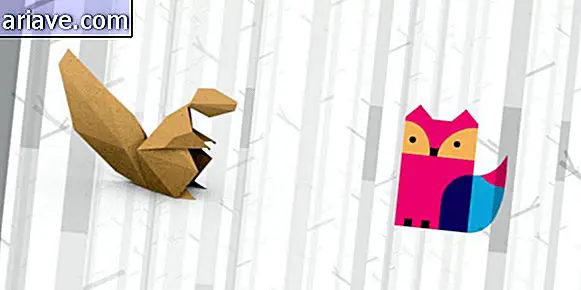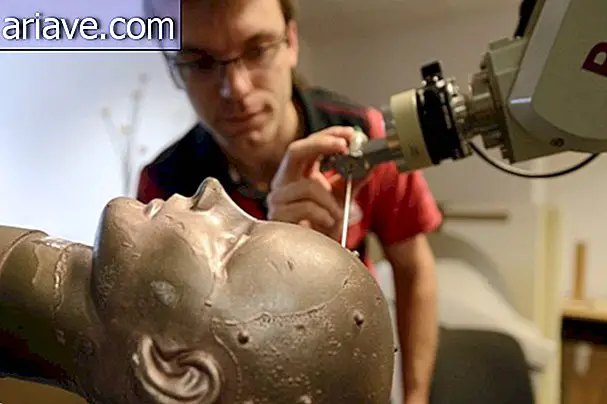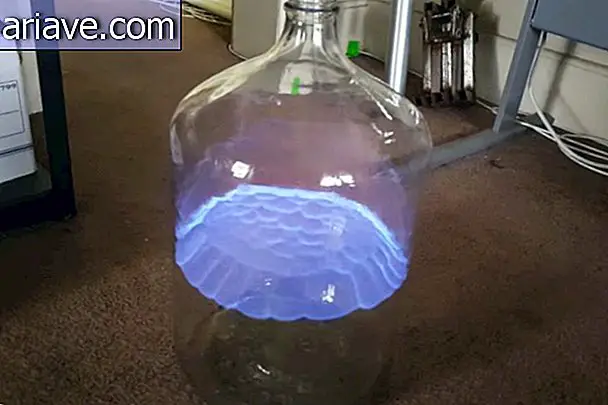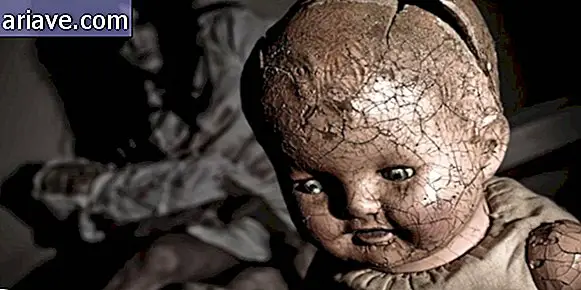They discovered a baby snake preserved in amber 99 million years ago
You might have noticed that we here at Mega Curioso are very fond of fossils and dinosaurs, right? Among the many articles we have already shared on the site, we have a list with a selection of prehistoric beings that have been found preserved in amber - which is nothing but that super sticky resin of the trees, only fossilized.

This material, amber, as we explained, functions as a kind of “jurassic preservative, ” since countless animals and plants from millions and millions of years ago ended up being encapsulated by resin and basically frozen in time. And why are we counting this? Because they found a baby snake that was caught by an amber acorn 99 million years ago, and this specimen has become the pup of this oldest reptile class ever discovered in the world.
Millions of years old baby
According to Sarah Sloat of Inverse, the amber containing the snake was discovered in Myanmar and studied by a team of scientists at the University of Alberta, Canada. And to determine the age of the fossil, the resin acorn was subjected to an examination known as "lead uranium dating" - a method often used to establish when rocks formed and crystallized.

The result pointed out, as we commented earlier, that the fossil is at least 99 million years ago. This means that when the snake had the misfortune to be under a "leaking" tree, it was on the ancient continent called Laurasia - which formed after the fragmentation of the supercontinent Pangeia.
Regarding the animal, the researchers determined that it has an anatomy very similar to that of animals crawling around the earth today. The team named the species Xiaophis myanmarensis, and revealed that the snake had 97 vertebrae and ribs, and the modern animals most closely resembling it would be the Cylindrophiidae snakes, native to Southeast Asia.
Frozen in time
The similarities between the fossil and today's reptiles, by the way, caught the attention of scientists, as they could see how little these animals have changed over so many millions of years. Another nice thing is that amber, besides encapsulating the snake, also captured insects, plants and other fragments present in the environment at that moment, which means that looking at this type of material is like looking at a mini time machine capable of transport us back to the Cretaceous. It is truly remarkable!

According to them, what really surprised everyone was the realization that the anatomical features present in snakes and snakes today "emerged" at least 100 million years ago. This is because the evolution of these animals is a mystery to science, and the preserved specimen represents an excellent opportunity for researchers to better understand how the development process of these animals has occurred over the millennia.
***
Do you know the Mega Curioso newsletter? Weekly, we produce exclusive content for lovers of the biggest curiosities and bizarres of this big world! Register your email and do not miss this way to keep in touch!











